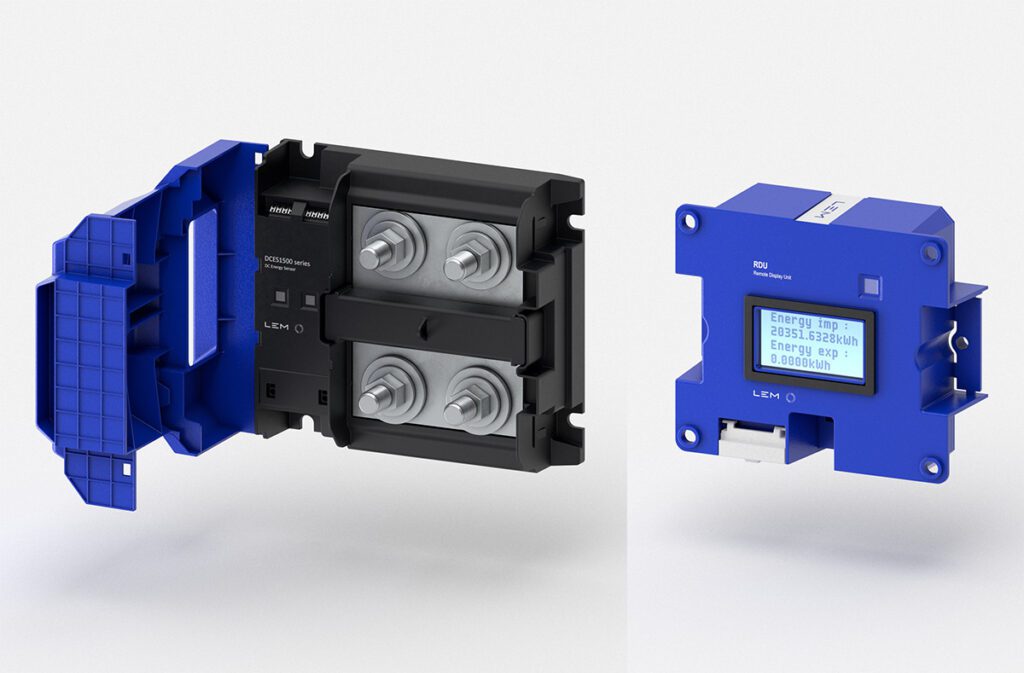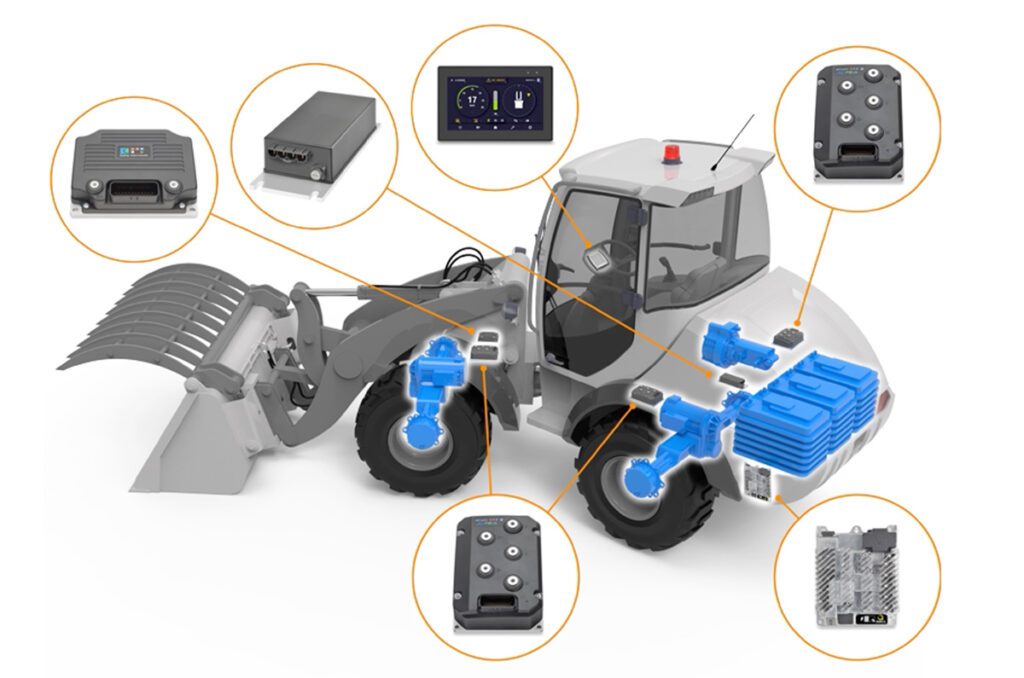Researchers around the world have taken up the quest for a better battery, and lithium-air is one of the many promising routes to the Grail. This week, a team from MIT described an improved way to make nanowires for a lithium-air battery electrode using – of all things – viruses.
“Biologically enhanced cathode design for improved capacity and cycle life for lithium-oxygen batteries,” published in Nature Communications, explains how the research team created nanowires at room temperature by using genetically modified viruses.
According to the paper, lithium-oxygen batteries could offer gravimetric energy density of two to three times that of lithium-ion cells. Recent studies have focused on finding stable electrolytes to address poor cycling capability. This study investigated the catalyst electrode, where discharge products are deposited and decomposed.
The M13 virus is used as a template to grow a manganese oxide nanowire with a spiky surface, which offers greater surface area than a smooth nanowire, creating more area for electrochemical activity to take place. Adding a small amount of palladium increases the catalytic performance. The entire structure is used as an electrode in a lithium-oxygen battery.
Source: Nature Communications, GigaOM




















































































